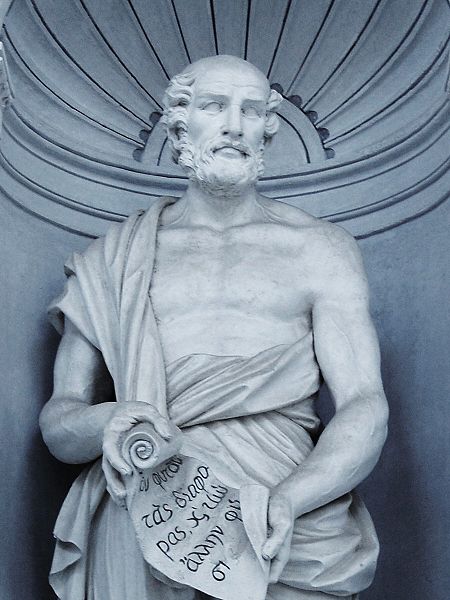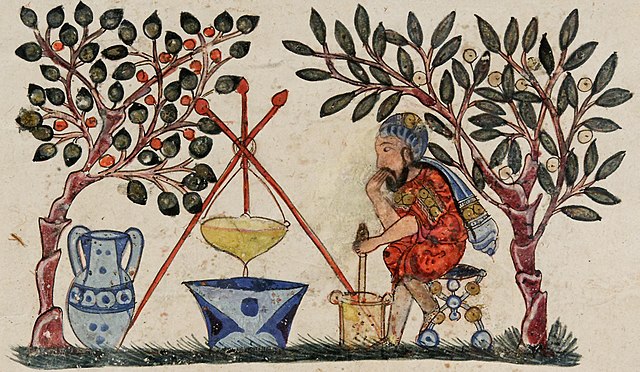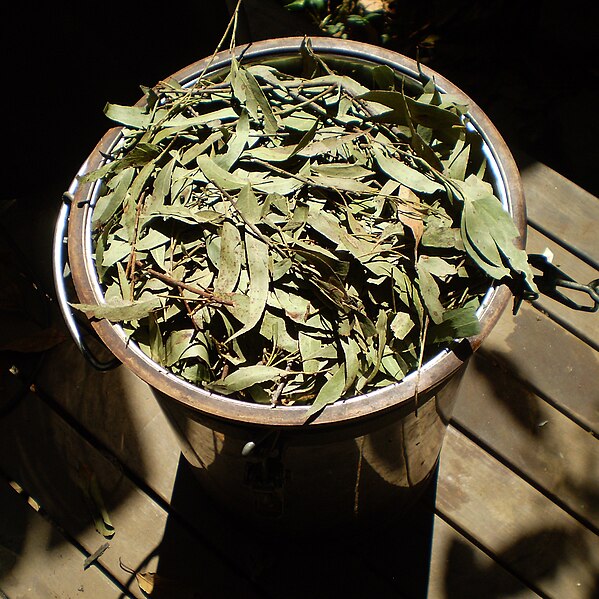A herbal is a book containing the names and descriptions of plants, usually with information on their medicinal, tonic, culinary, toxic, hallucinatory, aromatic, or magical powers, and the legends associated with them. A herbal may also classify the plants it describes, may give recipes for herbal extracts, tinctures, or potions, and sometimes include mineral and animal medicaments in addition to those obtained from plants. Herbals were often illustrated to assist plant identification.
Dioscorides' De Materia Medica, Byzantium, 15th-century manuscript, by which time the text had been in circulation for about 1500 years
Statue of Theophrastus c. 371 – c. 287 BCE, Orto botanico di Palermo
A page from the Ebers Papyrus, the most complete and extensive of surviving ancient herbals
Arabic Book of Simple Drugs (c. 1334) from Dioscorides’ De Materia Medica. British Museum
Herbal medicine is the study of pharmacognosy and the use of medicinal plants, which are a basis of traditional medicine. With worldwide research into pharmacology, some herbal medicines have been translated into modern remedies, such as the anti-malarial group of drugs called artemisinin isolated from Artemisia annua, a herb that was known in Chinese medicine to treat fever. There is limited scientific evidence for the safety and efficacy of many plants used in 21st-century herbalism, which generally does not provide standards for purity or dosage. The scope of herbal medicine sometimes include fungal and bee products, as well as minerals, shells and certain animal parts.
An antique selection of herbal medicines
A physician preparing an elixir, from an Arabic version of Dioscorides's pharmacopoeia, 1224
Leaves of Eucalyptus olida being packed into a steam distillation unit to gather its essential oil
A herb shop in the souk of Marrakesh, Morocco








